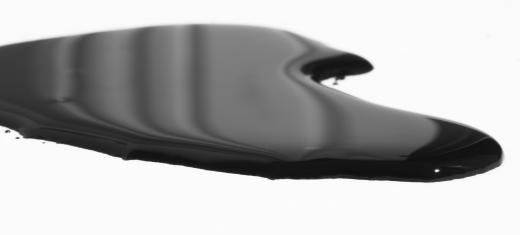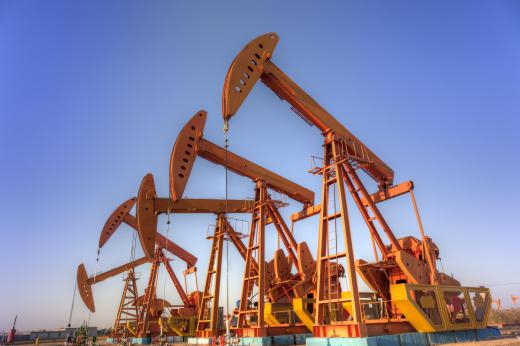The process of well stimulation can be used to improve the flow of natural gas or crude oil into a well bore. This can be accomplished through a variety of intervention techniques, most of which are designed to increase permeability outside the bore. The two main ways of increasing permeability are to clean the formation or increase perforations and fractures in the reservoir. Another technique that can be effectively used in well stimulation is gas lifting, which can be useful in starting a well or extracting heavy compounds that have effectively killed it. All of these various well stimulation techniques can improve the output of an oil or gas field by increasing the hydrocarbon flow into and up the bore.
When oil or gas is found in an easily extractable form, it is typically located in a reservoir. These reservoirs are formations of porous or fractured rock that the oil or gas is contained within. To extract the hydrocarbons, a well bore can be drilled into the formation. The oil or gas will then tend to seep through the porous or fractured rock, into the bore, and up to the surface. One common form of well intervention is the process of stimulation, which is meant to speed up the rate at which the hydrocarbons move through the formation.

One of the common well stimulation methods is to increase the permeability of the oil or gas reservoir. The permeability of the formation is often reduced as a result of the drilling process, and chemicals can enter and block the porous rock. Drilling can also force shards of rock into the cracks and crevices, further blocking up the reservoir. To clean the formation, chemicals are often pumped down the bore to dissolve blockages. Formic acid is often used in a process known as acidizing, which can dissolve blockages and allow hydrocarbons to flow.

Another way that the permeability of a formation can be increased is to create additional cracks or fractures in the rock. Shaped charges are one type of well stimulation that can increase the number of fractures near the well bore. Another method is hydraulic fracturing, which can involve pumping high pressure fluids down the well bore. Other explosive materials can also be used to release high pressure propellants into the formation, creating additional cracks and fractures within the reservoir.
Gas lifting is a well stimulation technique that can be used to get the flow started or to repair a well that has been killed. This technique typically involves the circulation of nitrogen or other substances using coiled tubing. Sometimes, this is only done to get the flow started, after which the circulation of nitrogen is ceased. In other cases, the same technique can be used to lift heavy substances, such as chemical scale reducers or water, that have settled in the bore and blocked the flow of hydrocarbons.
